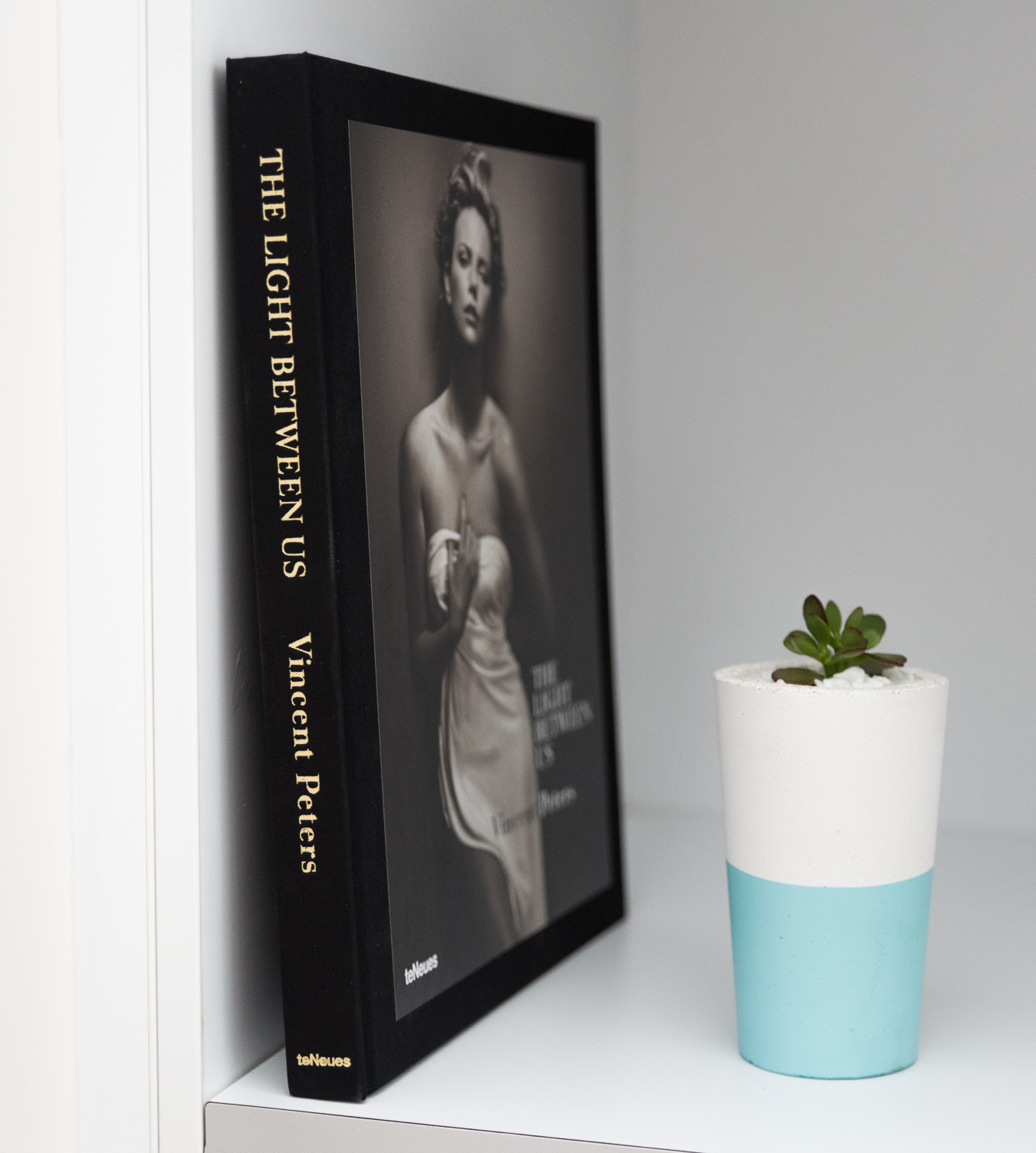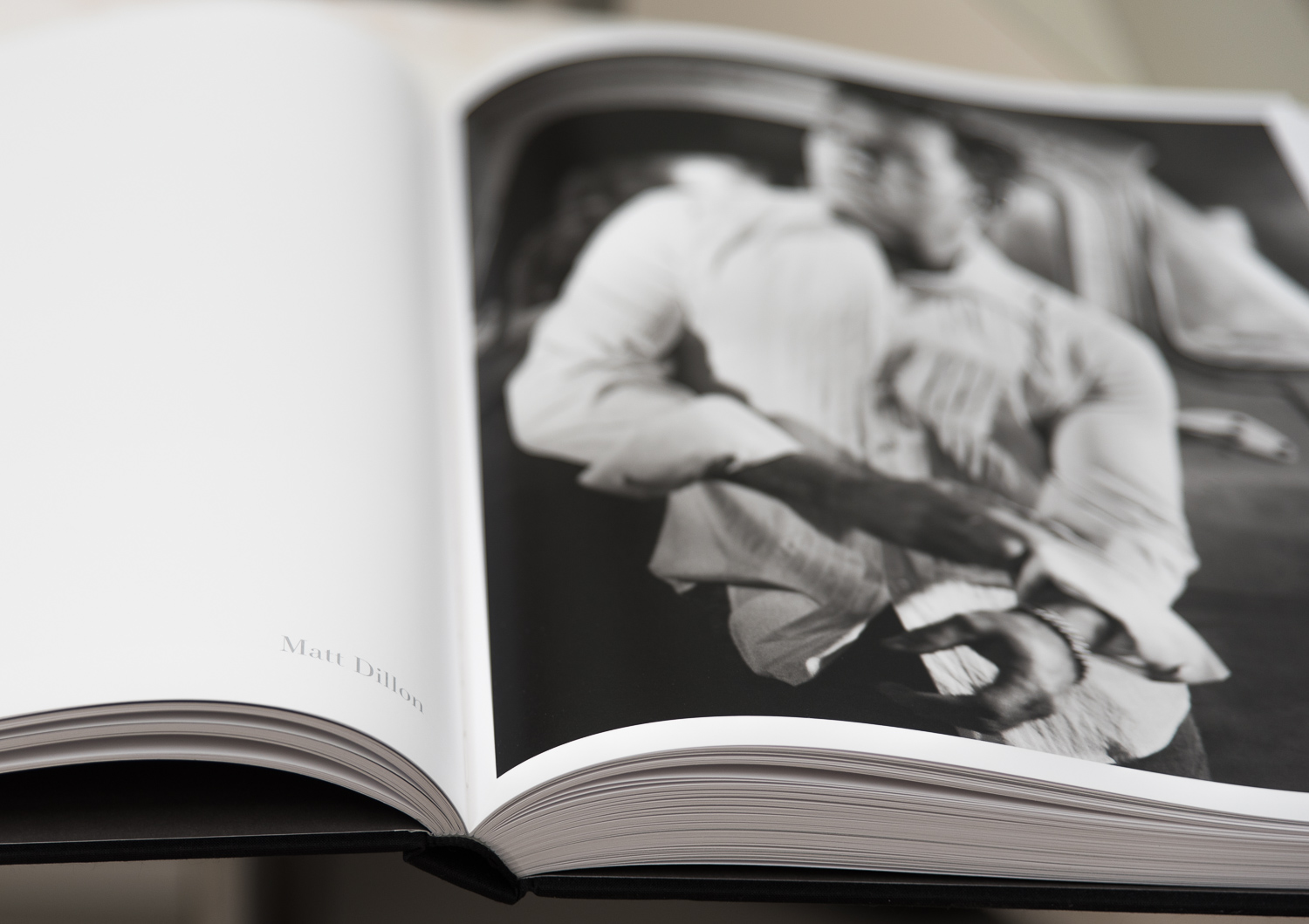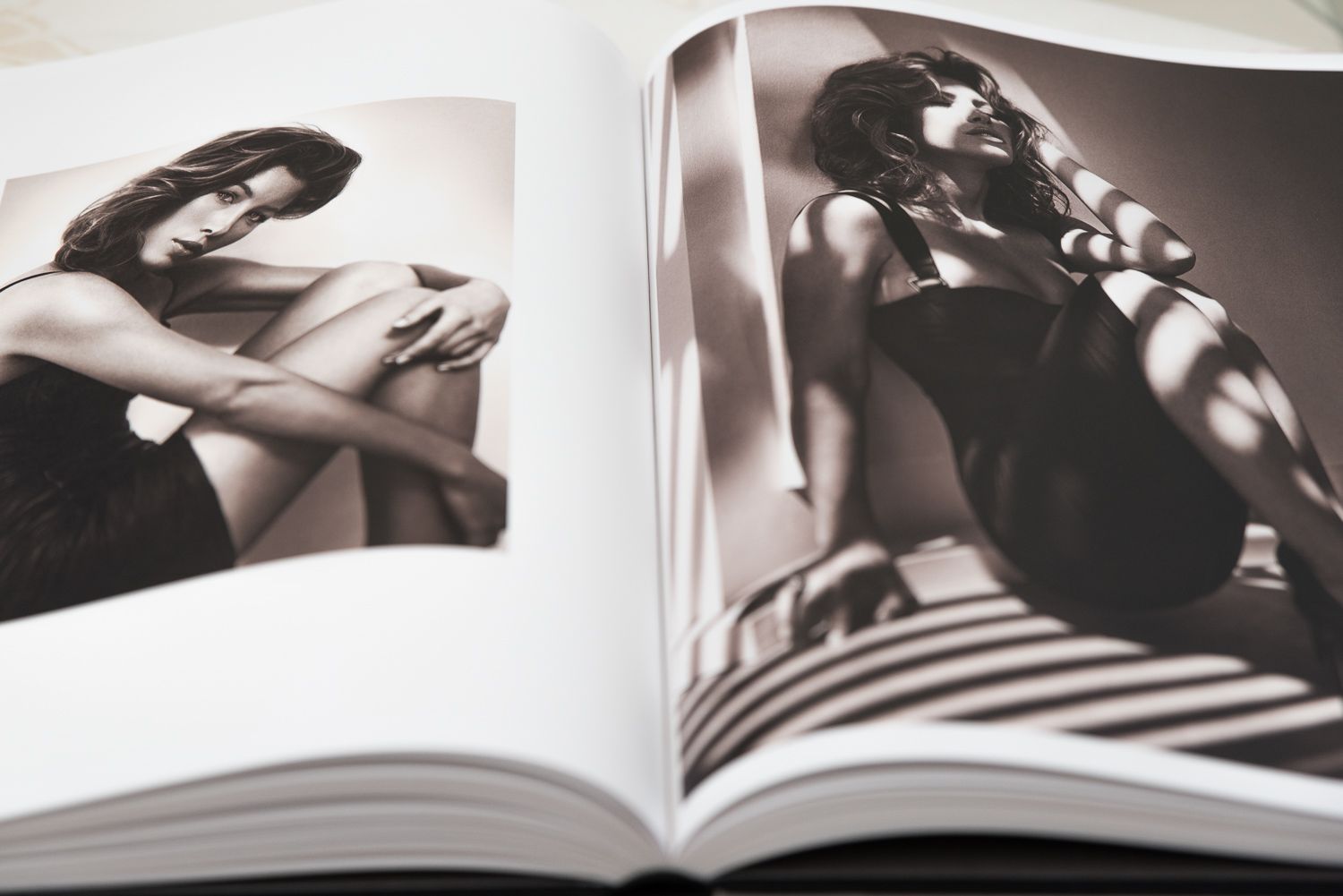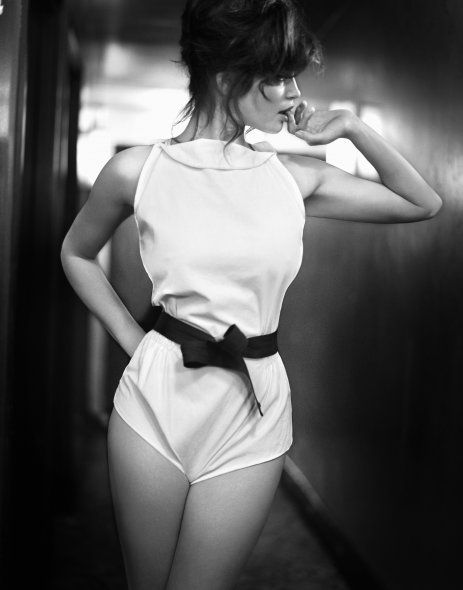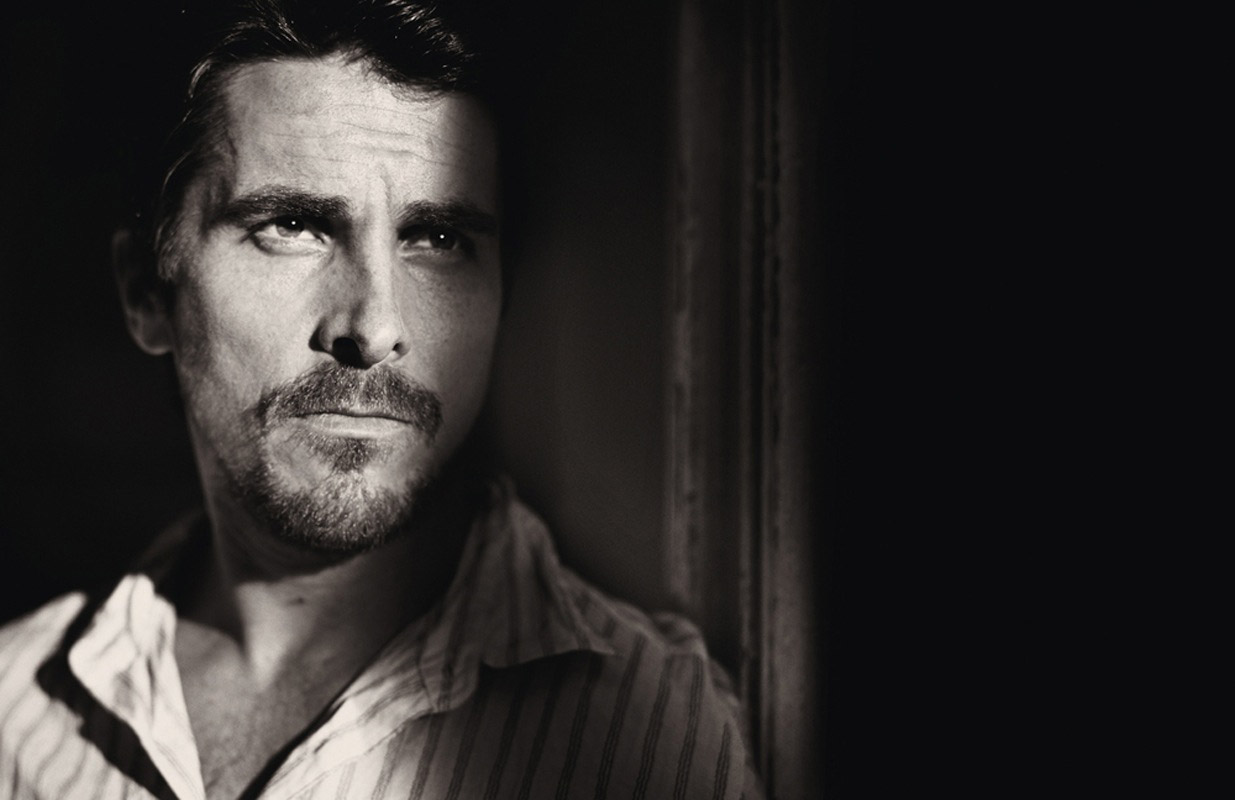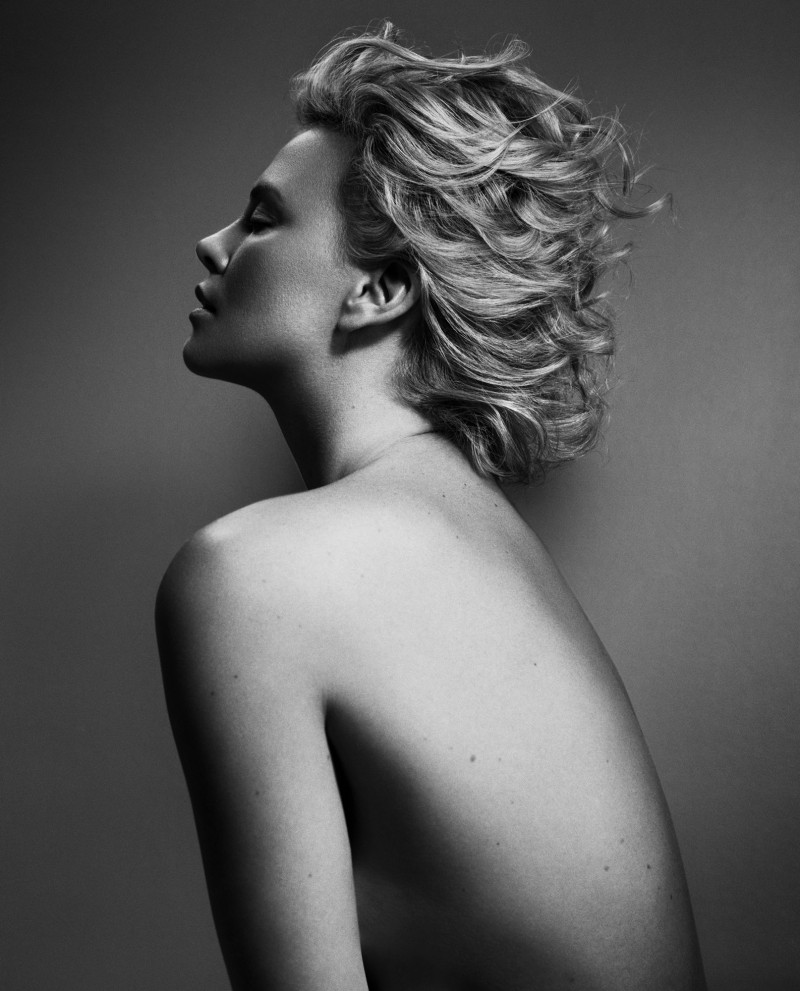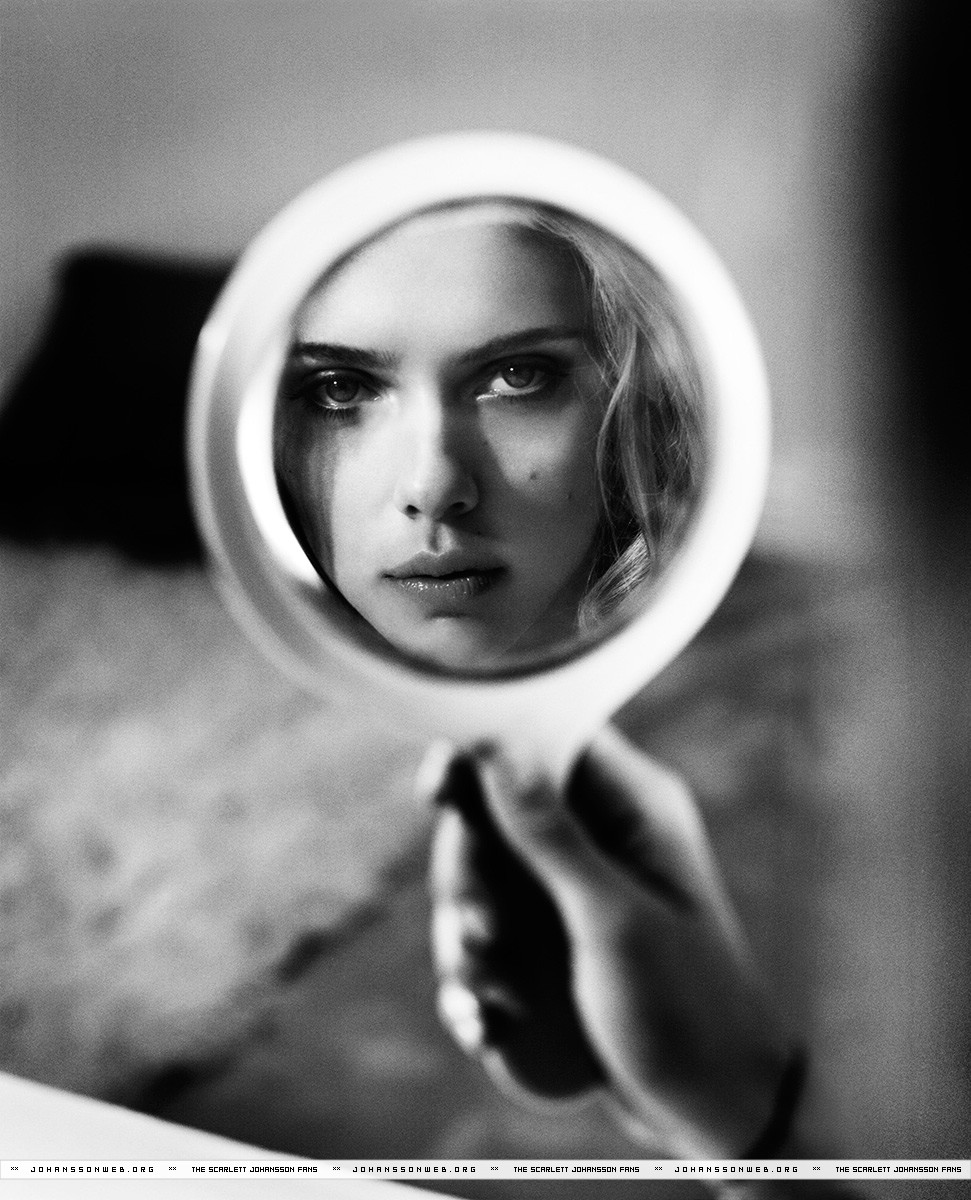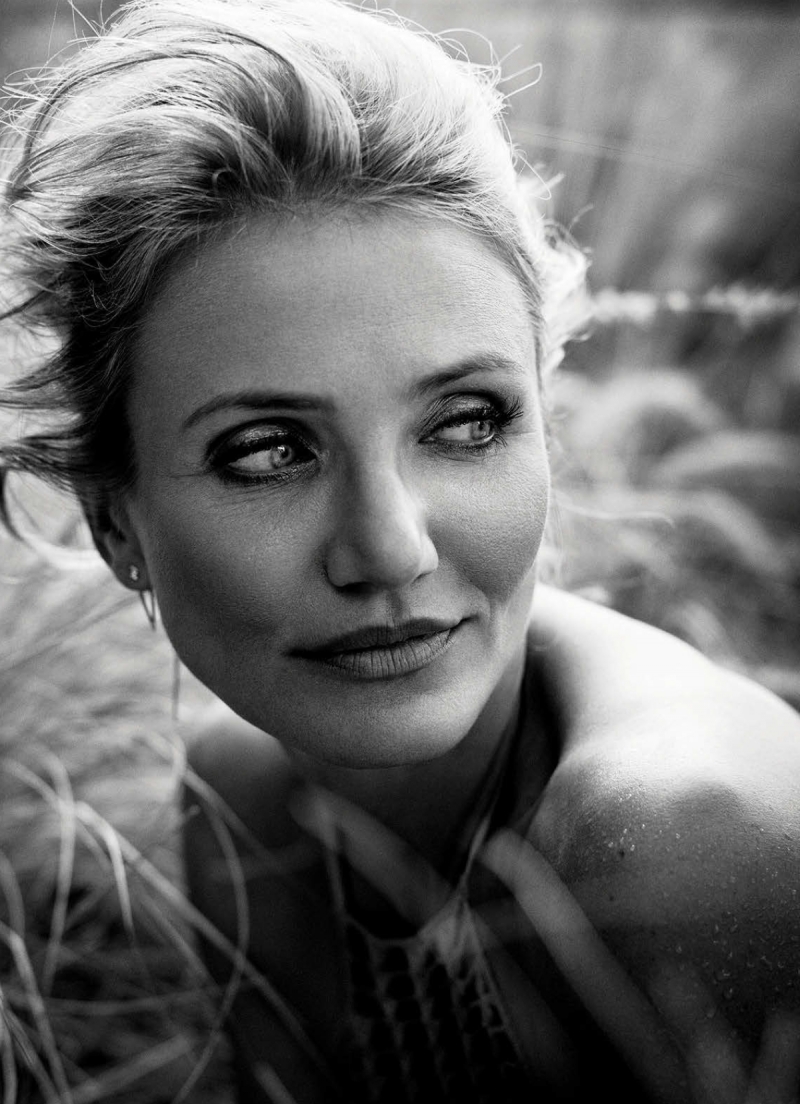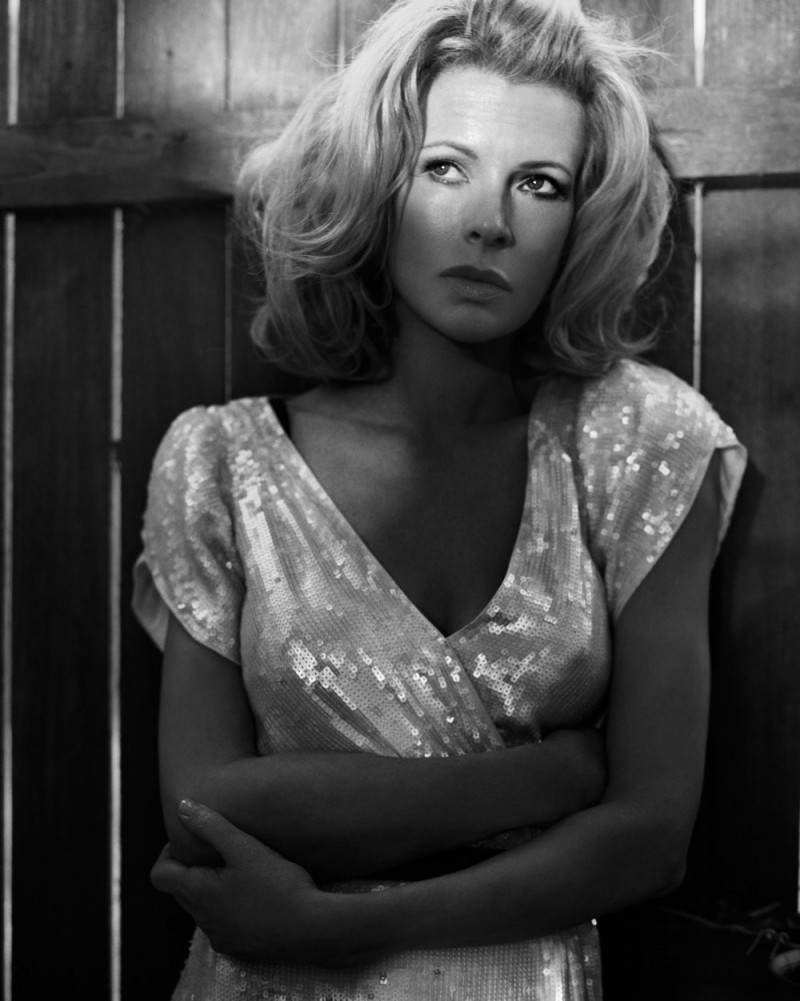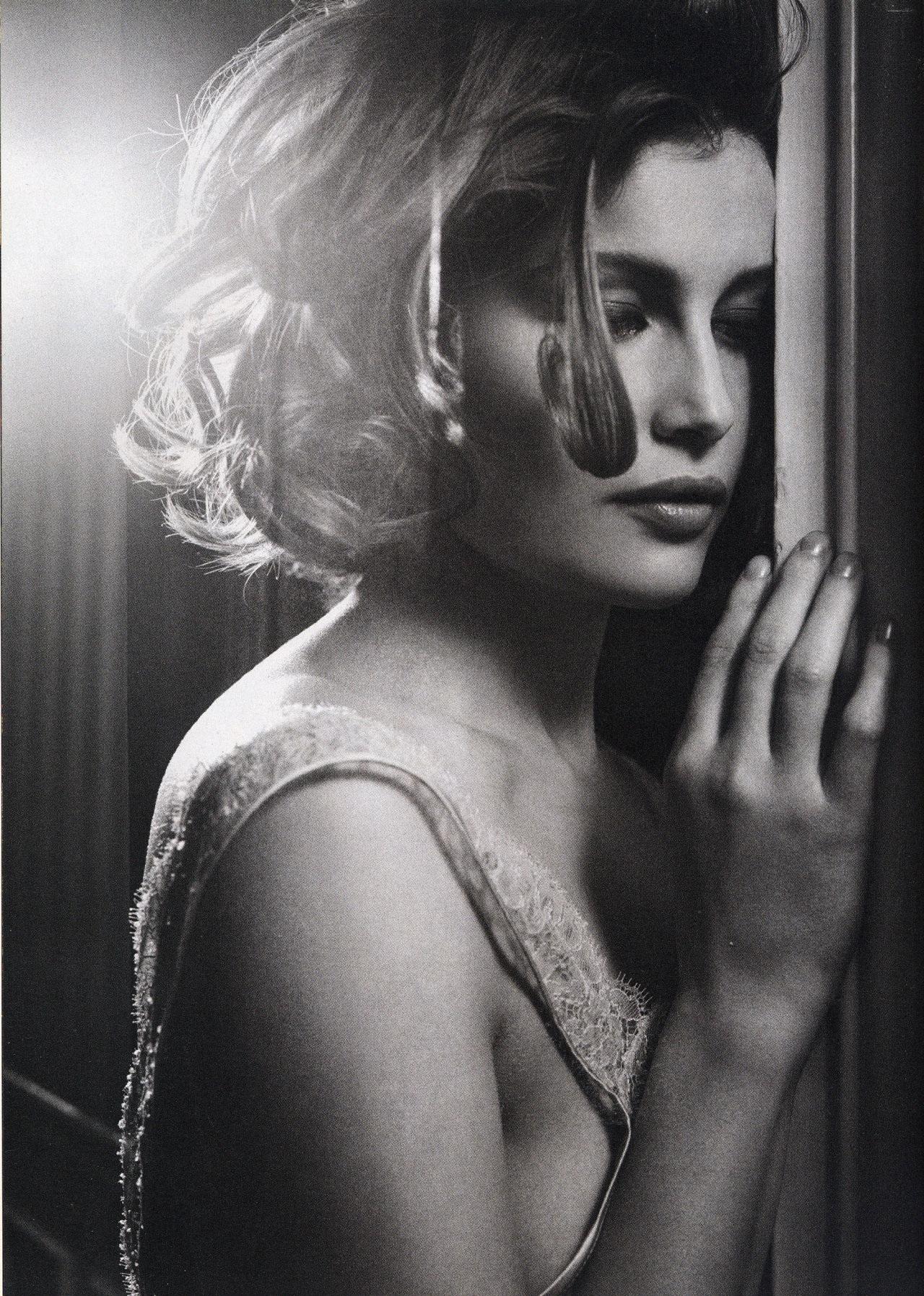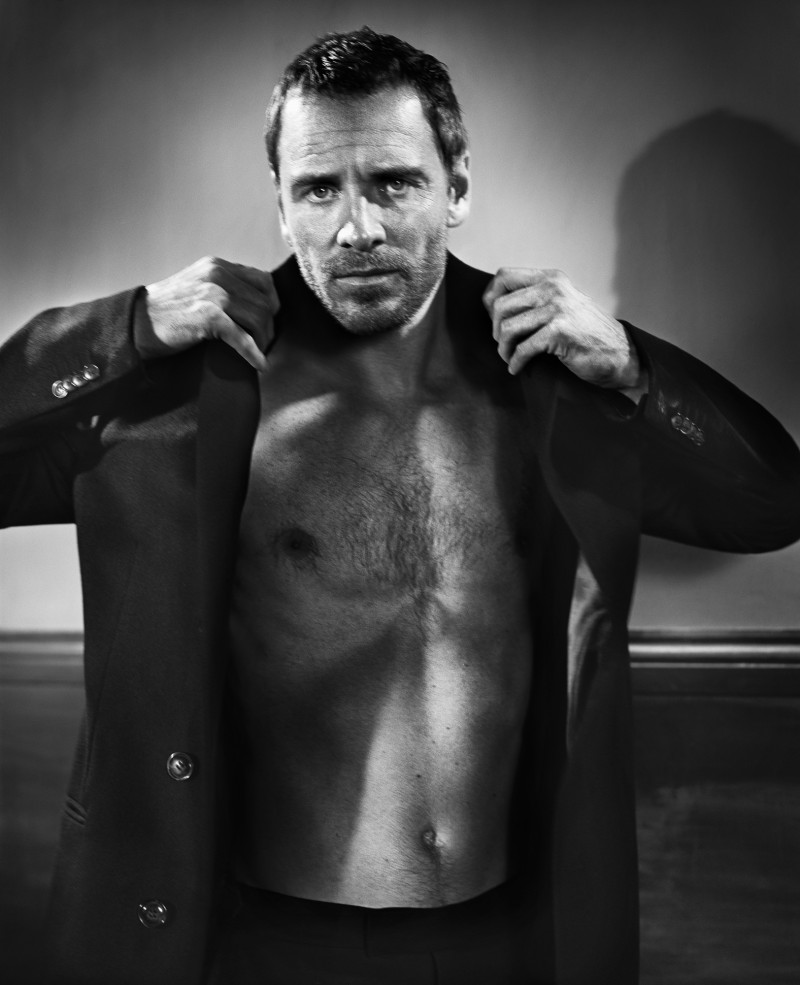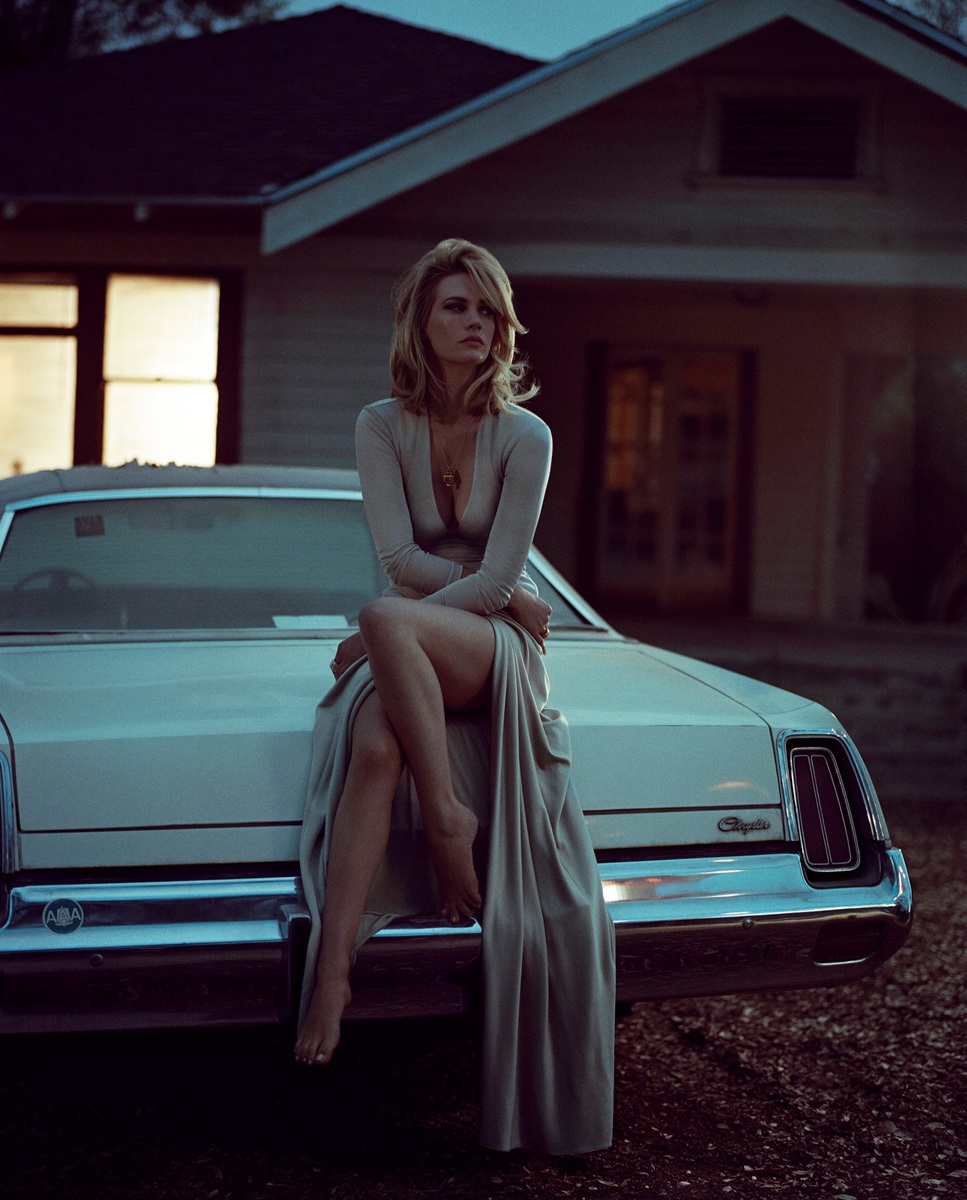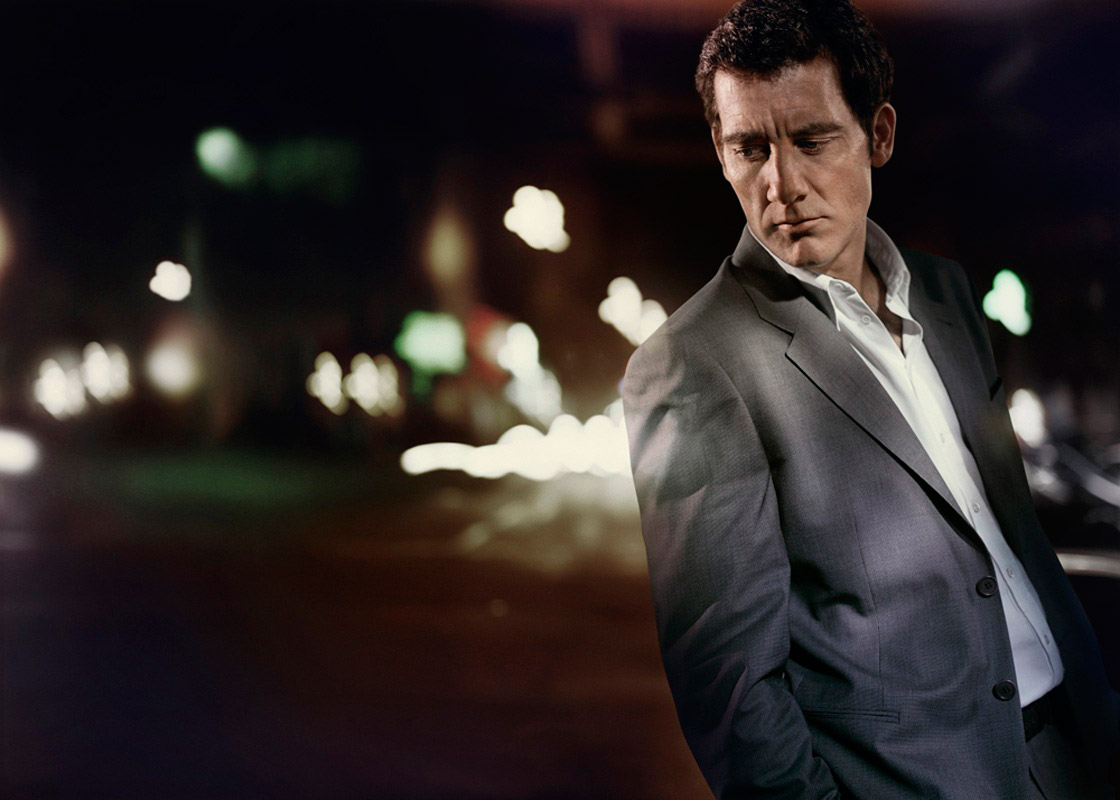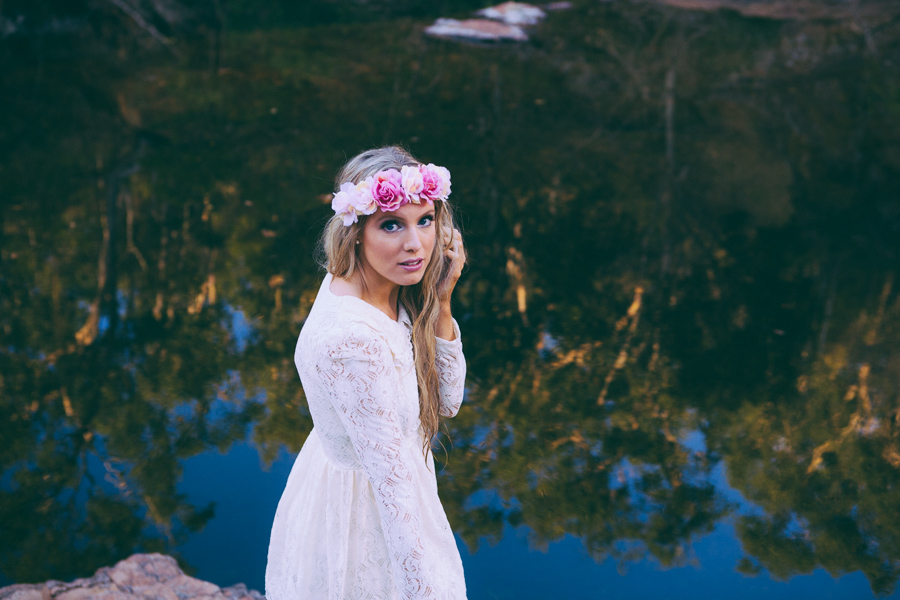Shannon dropped by to have some portraits done and I took the opportunity to use a technique that I've been wanting to try for a while.
One of the usual limitations of working with studio lights is that sometimes they are a bit overpowering - as in there is a lot of light there, even on the lowest power setting. This means that we're typically working at quite narrow apertures - f7-f11 or so. Downside is that the depth of field is huge at those settings, so everything is in focus and you lose that smooth blur or 'bokeh' that gives portraits the dreamy look we love.
Just push up your shutter speed to 1/2000 sec or higher you might say? Unfortunately - for most cameras - strobes can only work (i.e. 'sync' with the strobe) at shutter speeds of lower than 1/250th sec. Our ISO is already down to 50, so we have no way of further limiting the light. Or do we....
A neutral density filter screws onto the front of the lens and essentially blocks out light in a controlled way. An ND2 filter will allow only half the light through, ND4 one quarter, etc. The high quality filters will block all colours of light equally with high optical accuracy, so no colour shifts or unwanted loss of sharpness.
A while back I bought a Hoya 3-400 Variable Density filter. As the name suggests, you can vary the density by twisting the end of the filter. Using the filter in the studio meant that I could drop my aperture from f8 down to f2.8 giving the result above.
It's going to take a bit of practice to use it, because at such shallow depth of field, the subject's eyes have to be on the same plane of distance from the camera to keep both in focus. On the other hand, you do want some of your subject to be in front and some behind of the in focus area to emphasise that effect. Sometimes I'll accept the eye farther away from the camera being a bit soft, but it's a balance. Just the same as it is using wide apertures in natural light. The same ND filter can be used outside of the studio when trying to balance flash and ambient light and maintain a shallow depth of field.
A different use of the ND filter altogether is when photographing landscapes with moving water. The ND will allow you to use very long shutter speeds (on a tripod of course) to get the soft, blurry 'candy floss' effect that the moving water leaves on a long exposure, whilst the environment is pin sharp.
The shallow depth of field in Shannon's portrait isn't that impressive but it's definitely better than at f8 for sure. Remember, the other two factors that determine depth of field are focal length of the lens and distance from photographer to subject. So to further emphasise I could have used a longer lens (this was at the 60mm length of my 24-70mm) and moved closer to the subject. Note that I also moved her away from the background to further ensure it would be out of focus. One final practical point is that if your studio isn't well lit, you might find it challenging to focus on your subject with the ND attached - it can be very dark through the viewfinder!
As a side note, moving her away from the background when using single flash source is a technique to change the background from white to grey. If you have enough room, a white background can be made to appear anything from pure white to black depending on how you light your subject.











































